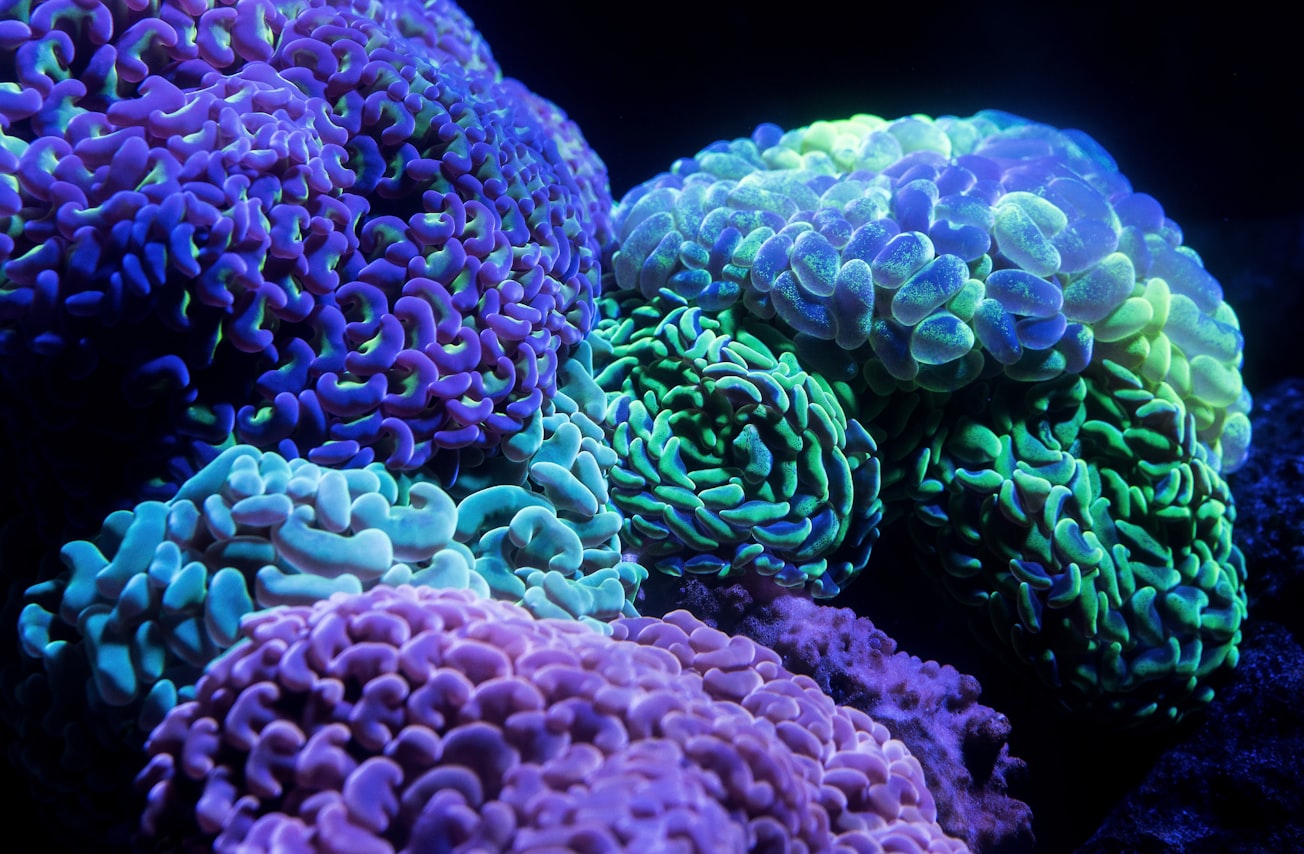What is it about?
We present the results of a crystallographic study of two orange successors of red KillerRed and SuperNova - phototoxic dimeric KillerOrange and monomeric mKillerOrange, at 1.81 Å and 1.57 Å resolution, respectively. They are the first orange-emitting protein photosensitizers with a tryptophan-based chromophore (Gln65-Trp66-Gly67). Both orange photosensitizers have an internal channel extending along the protein β-barrel axis - a unique feature earlier found for red photosensitizers filled with a chain of hydrogen-bonded water molecules providing an outlet for oxygen and photo-generated ROS.
Featured Image

Photo by David Clode on Unsplash
Why is it important?
Both KillerRed and KillerOrange cause the pronounced cytotoxic effects and in combination they would make a useful FRET pair for independent simultaneous control of two cell populations. The large Stokes shift of over 40 nm makes it possible to separate the emission bands of KillerOrange from cyan and green fluorescent proteins when all they are simultaneously excited by blue light.
Perspectives
Both KillerRed and KillerOrange cause the pronounced cytotoxic effects and in combination they would make a useful FRET pair for independent simultaneous control of two cell populations. The large Stokes shift of over 40 nm makes it possible to separate the emission bands of KillerOrange from cyan and green fluorescent proteins when all they are simultaneously excited by blue light.
Vladimir Pletnev
Read the Original
This page is a summary of: Crystal Structure of Phototoxic Orange Fluorescent Proteins with a Tryptophan-Based Chromophore, PLoS ONE, December 2015, PLOS,
DOI: 10.1371/journal.pone.0145740.
You can read the full text:
Contributors
The following have contributed to this page










